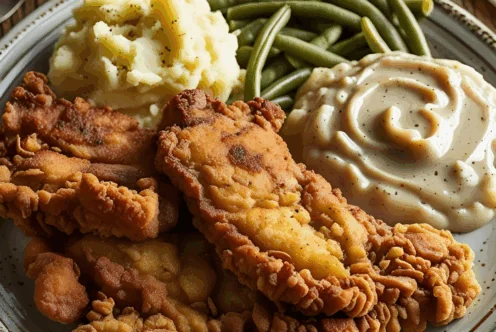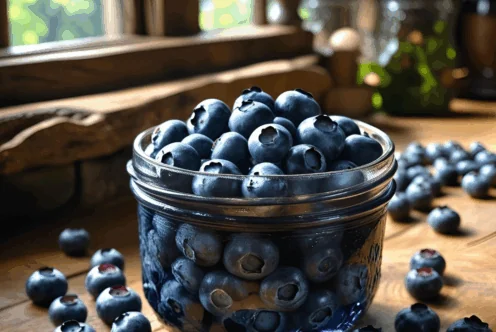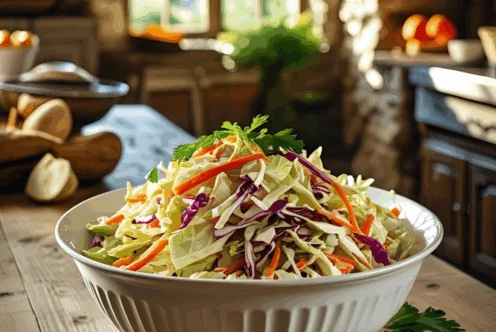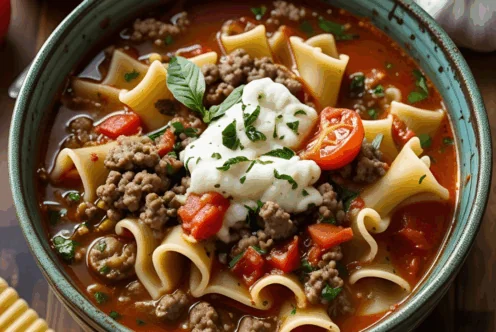Blog
Weight Loss at your Fingertips
By Erin Wyatt A Recent ASU Nutrition Student
In the quest to become healthier, many nutritionists agree that writing down your food intake is an effective way to lose weight. In my experience, this task becomes very tedious after a couple of days. Luckily, gone are the days of handwritten food journaling. Now there are countless numbers of applications available to record your food and exercise data on your mobile device. While this still may seem tedious to some, research has proven that these programs have become a successful ally in the pursuit to lose weight.1 I can personally attest to the usefulness of these apps. Let’s take a look at how they work and why they work.
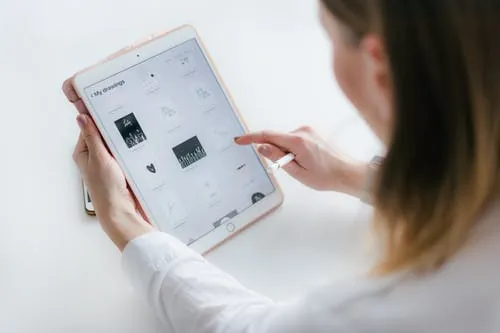
How They Work
In my personal experience, I found that logging into my health app each day was fun at first, then kind of annoying, followed by becoming just a simple addition to my health routine. The app is fun to explore in the beginning, with a huge database of foods to locate your meals. You can set your health goals by adding your current statistics and your targets, the app will then design a strategy for you to achieve these goals. Start small, do not set yourself up for failure by putting in unrealistic numbers. This will allow you to reach milestones more easily, therefore encouraging you to continue on.
Once you begin to record your food intake, you will soon realize how quickly those calories add up. I remember being shocked at the number of calories I thought I was consuming versus their actual amount. Be sure to be honest about the quantity of food you consume, remember no one is seeing this entry but you. It is a good idea to become familiar with what an actual serving size looks like. I found it helpful to really look at measuring cups to get a better idea of how much I was eating.
Most weight loss apps include a fitness element to keep track of your workouts, as well as your daily steps. It is reassuring to see how many calories you expend just by going about your day. It can also be motivating to get up and move if you have had a sedentary day. Not to mention, an incentive if you want to partake in some birthday cake at a party. The more calories you burn, the more you can use later.
Why They Work
A new study from the Obesity Research Journal takes a look at the amount of time and success rates of those who used self-monitoring systems to lose weight. They found that those who frequently logged into their account lost more weight.1 This is due to the accountability factor that these types of software providers. If you are checking into your account around three times a day, you are more aware of the number of calories you have already consumed and how many you have left.1 The good news is that the amount of time that you spend on the app does not need to consume your entire day. In fact, at the beginning of the study, participants were logging in around 23 minutes total a day.1 Think of the amount of time that we waste on social media each day. I am sure we could carve out 20 of those minutes to monitor our health.
It is easier to remember what we ate if we log into our accounts soon after consuming a meal, however, sometimes this doesn’t happen. Luckily, the research indicates that the frequency and commitment of self-monitoring are more important than the time it occurs.1 So do not get discouraged if you forget to add a food right away or are trying to take a break from your phone. Just do a quick check in when you can and you are sure to succeed.
In the long run, these types of trackers just generally make you more aware of your daily consumption. After using these types of programs for quite some time, I remember about how much a serving size is and about how many calories it contains. This type of information does not leave your memory and is an important skill to have to maintain one’s health. So why not give it a try? Find the app that best fits your needs and give it 20 minutes a day, that cat video will still be there after you are done.
Tips for Maximizing Success
- Set achievable health goals
- Try to log in your meals soon after consumption
- Get familiar with serving sizes, cups, ounces, etc.
- Don’t be discouraged if you skip an entry
- Keep moving!
Looking for more tips and tricks like this to keep your family happy and healthy? Check out the Fill Your Plate Blog. Looking for some new recipes to try out? Check out the Recipe Section of our website. How about some fresh produce that the whole family will enjoy? Check out the local Farmers Markets near you.
Reference:
- Harvey, J. , Krukowski, R. , Priest, J. and West, D. (2019), Log Often, Lose More: Electronic Dietary Self‐Monitoring for Weight Loss. Obesity, 27: 380-384. doi:1002/oby.22382












